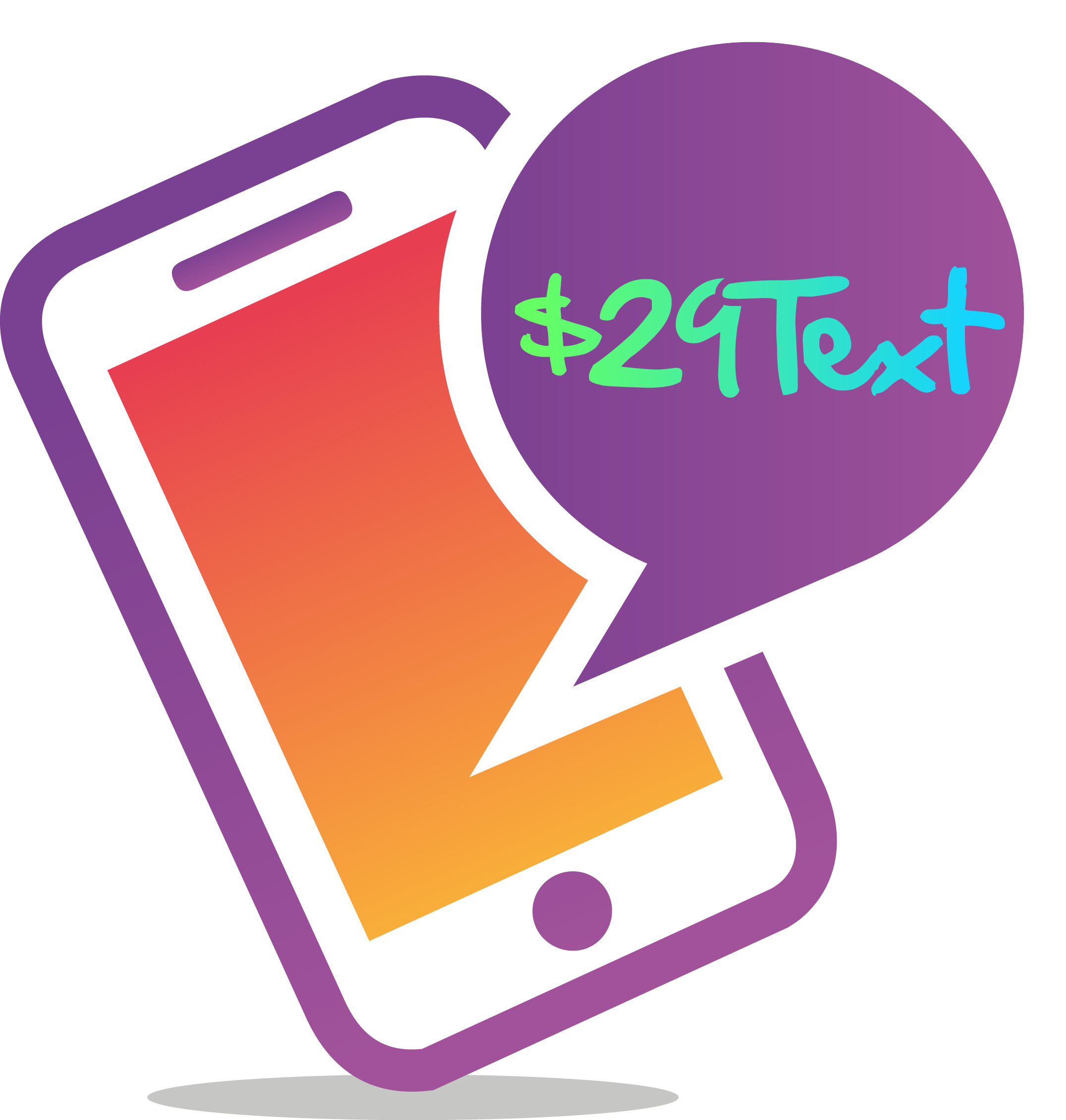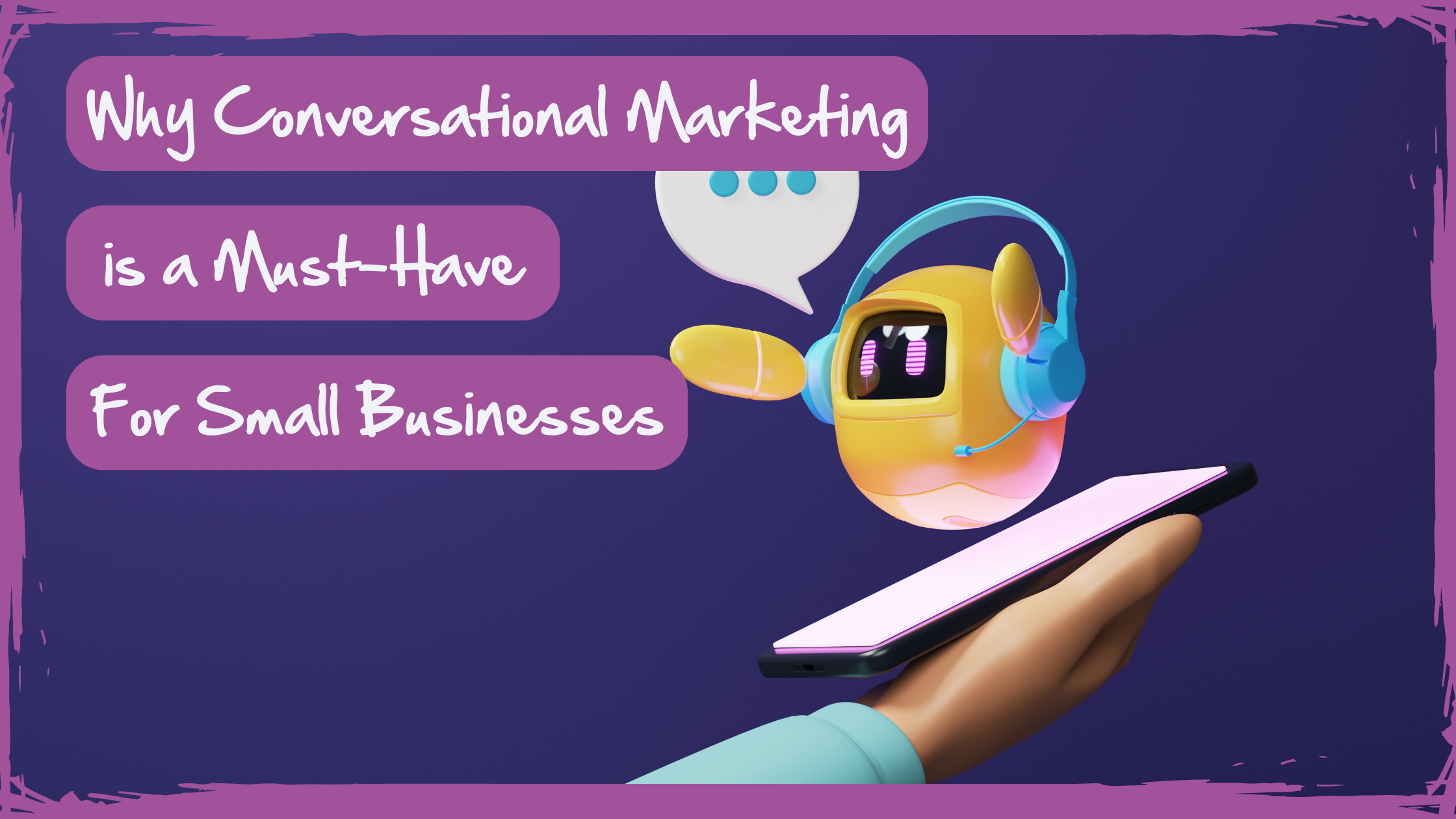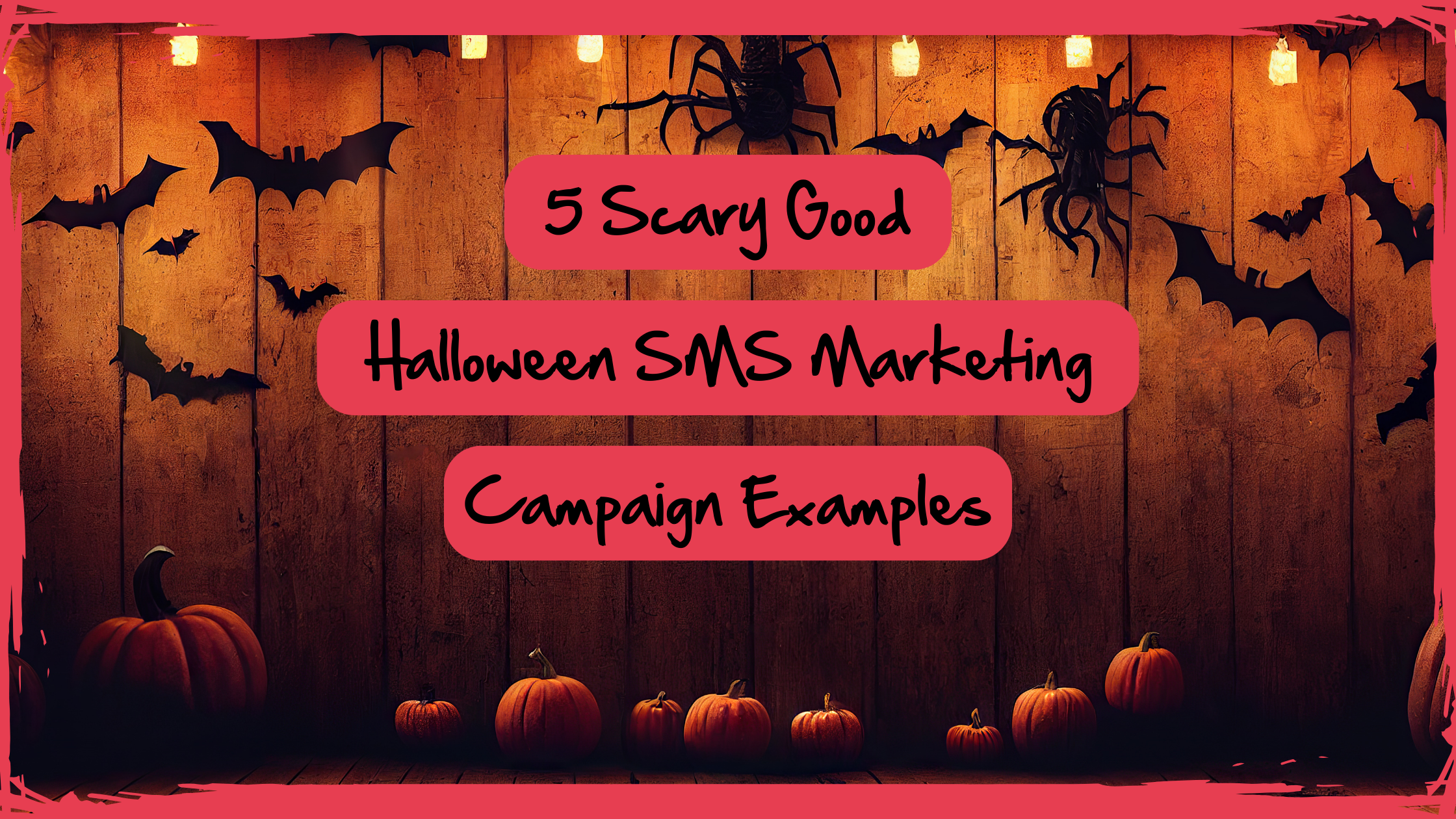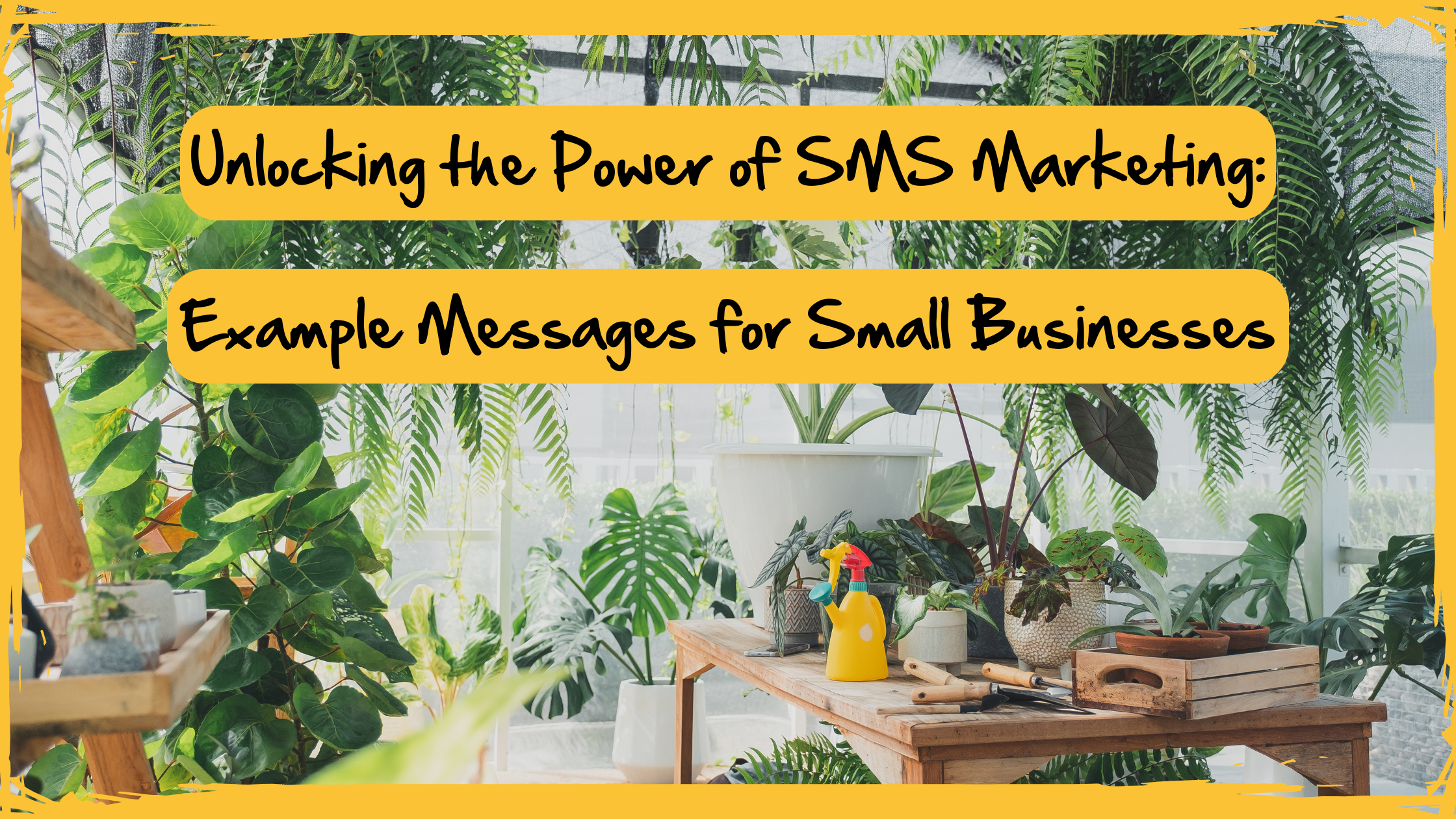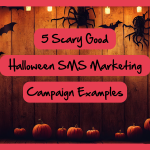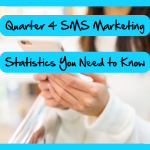Sending the same message to everyone on your email or text list can be a time-saver, but it often isn’t the most effective approach for driving engagement. When you segment your list according to different criteria, such as location, demographic, or purchase history, you can create more personalized marketing messages that will connect with your audience in a powerful way. Let’s explore why segmentation is so important and how it works.
Why Should You Segment Your Contact List?
When it comes to email marketing, one size does not fit all. Different people have different interests and needs, so sending them all the same message won’t have the desired effect. Instead of hoping to hit the bullseye with a blanket message, segmenting your list allows you to tailor your messaging. This means customers are more likely to open your emails, click through, and convert—all leading to higher ROI for your marketing efforts.
How Email Segmentation Makes Messages More Relevant
The key to making emails more relevant is understanding the customer journey. Think about where someone would be in the customer journey when they receive a particular message from you – are they just joining your list, researching products/services, or ready to make a purchase? With this information in hand, you can create segments based on specific customer characteristics such as demographics (age, gender), geographic location (country/region), past purchases (frequency/type), behavior (clicks/opens), and so much more. This allows you to craft emails that speak directly to each stage of the customer journey.
Segmentation Techniques
Once you’ve identified what type of information you want to use for segmentation, the next step is to figure out how best to capture it. There are several techniques marketers can use for segmenting their lists. One technique is opt-in forms, where customers provide basic demographic information. Another is surveys, where customers answer questions related directly to their needs. Additionally, marketers can also use automation tools such as lead scoring systems or website analytics data which allow them to track user behaviors over time and gain insight into individual interests. This makes it easier to create highly targeted campaigns that speak directly to each customer’s needs.
Segmentation Example
Let’s say that you own a boutique clothing store in New York City and want to send out holiday-related emails to boost sales during the seasonal rush. You could use geolocation-based segmentation by creating two separate lists—one for potential customers in New York City and another for those outside NYC. Then, you can send different messages tailored to their respective locations. For example, as “Wrap Up Your Holiday Shopping at our NYC Boutique” for local customers or “Shop Our Holiday Collection Online Now!” for non-local customers. Similarly, if you wanted to do an event promotion targeted toward younger customers who live close by, age-based demographic segmentation would come in handy here too!
No matter what kind of business you have or what type of customers make up your email list, using email segmentation techniques is an effective way to ensure that every message sent out resonates with its intended audience. From targeted promotions to customized content pieces—segmentation helps ensure that what is being sent out isn’t just another generic “one size fits all” message. By understanding who your customers are, what their interests are, and what they need from you – you can craft emails that speak directly to each stage of the customer journey. With the right strategies in place, you can create highly targeted campaigns that will drive results for your business.
